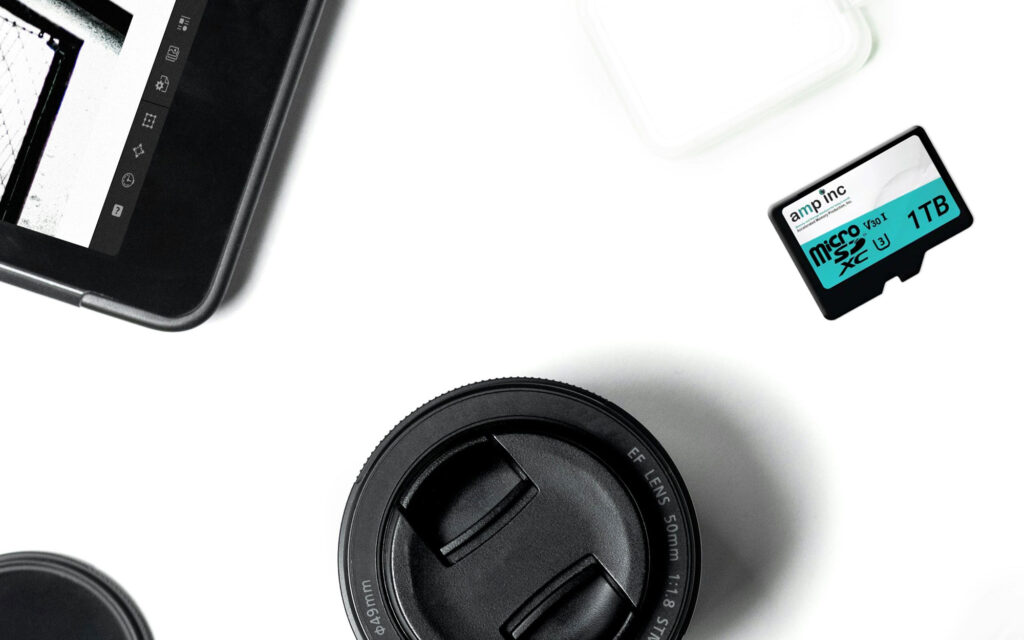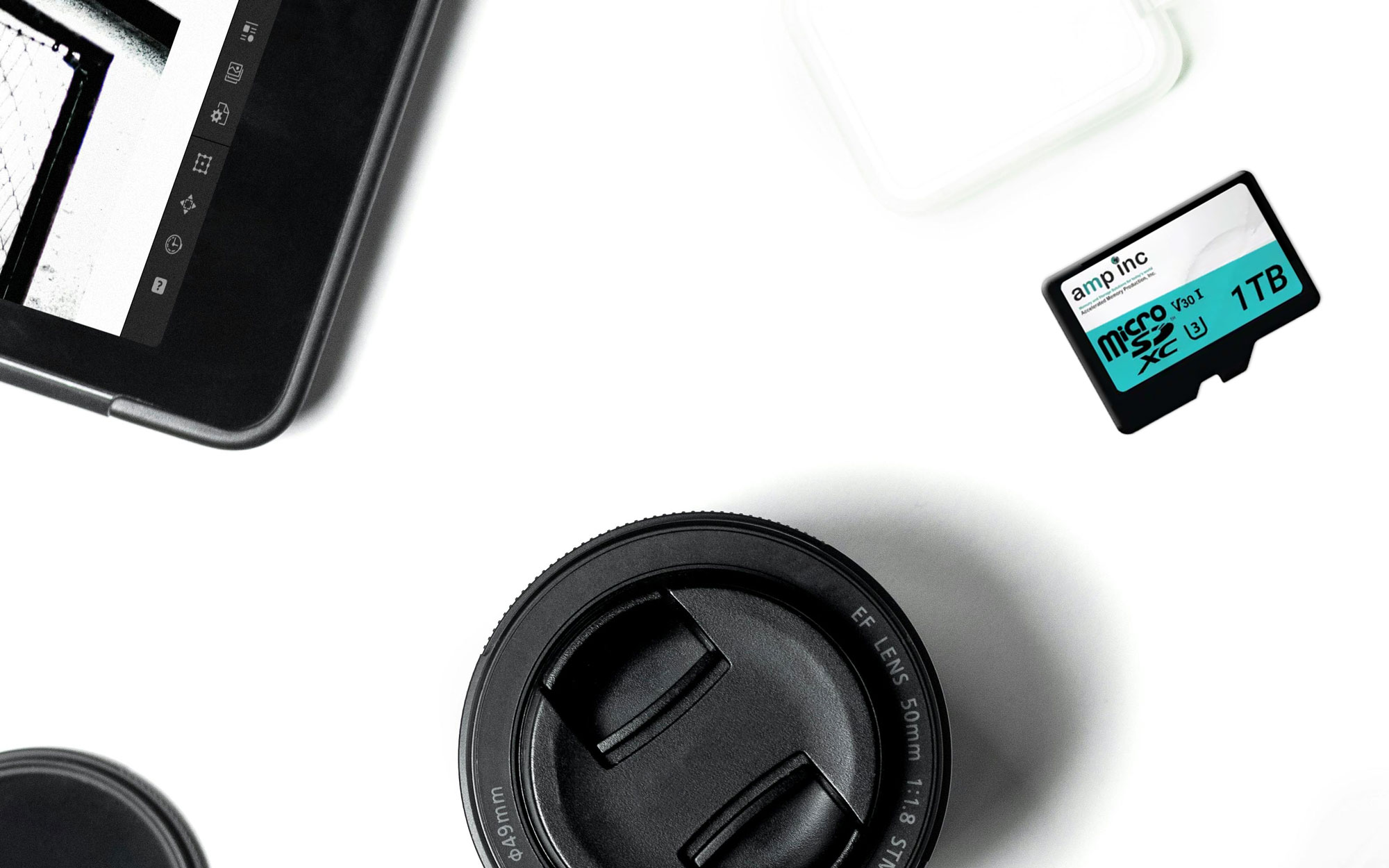As a professional photographer, your gear is essential to the quality and efficiency of your work. One often overlooked, yet crucial component of your setup is the SD card. While it may seem like a simple storage device, your SD card can make a significant difference in your workflow, the quality of your images, and even your business’s reputation.
Understanding Your Storage Needs
Let’s take a minute to explore how to select the perfect SD card for your photography business. The key factors we feel are most important in this decision are speed, memory, and reliability.
The first step in choosing an SD card for your photography business is determining how much storage you really need. For professional photographers, this decision can vary based on the type of work you do. The amount of memory you need depends largely on the type of shooting that along with the resolution of your camera.
Some things to Consider:
File Types: High-resolution RAW files, 4K video, and burst photography can quickly fill up memory cards. For instance, a single RAW image can be between 20MB to 50MB, while 4K video takes up several gigabytes per minute.
Length of Shoots: If you’re shooting a full-day event like a wedding or a multi-day commercial project, you’ll want an SD card with ample storage to avoid running out during critical moments.
Backup Strategy: Many photographers choose to use multiple cards during a shoot, swapping them out periodically to ensure redundancy and safeguard against data loss.
Recommended Capacity:
32GB – 64GB: Ideal for casual shoots or those working with smaller files.
128GB – 256GB: A good fit for portrait or event photographers, offering plenty of storage for long sessions.
512GB and beyond: Great for professionals shooting in 4K video or high-res RAW images, especially for larger events, commercial shoots, or multi-day projects.

Speed Matters: Choosing the Right UHS Class
The speed of your SD card is a critical factor for professional photographers, especially if you’re shooting high-speed bursts, 4K video, or time-sensitive work. SD cards are classified into different speed classes, which affect their read performance.
Speed Classes to Know:
UHS: (Ultra High Speed) cards are available in two versions: UHS-I and UHS-II. UHS-II cards are faster and more expensive, making them ideal for professionals using high-end cameras with faster writing capabilities.
UHS-I cards can typically write at speeds of up to 104MB/s.
UHS-II cards can reach speeds of up to 300MB/s or higher, providing quicker file transfers and better performance during high-speed shooting.
V30, V60, and V90: These are video speed classes, designed specifically for video capture. If you shoot 4K or high-bitrate video, look for V60 or V90 cards, as they ensure consistent performance during recording.
U3: This is a minimum speed class for 4K video, guaranteeing write speeds of at least 30MB/s.
Which Speed Is Right for You?
For Stills (Portraits, Weddings, Events): UHS-I cards are often enough, especially for mid-range DSLR or mirrorless cameras. However, if you shoot in bursts or high-speed mode, a UHS-II card will provide faster performance.
For Video (4K and beyond): If your focus is on video, choose a V60 or V90 card, depending on your camera’s resolution and video bitrate.

Reliability: Protecting Your Work
Reliability is perhaps the most crucial aspect of any SD card. After all, it doesn’t matter how fast or large your card is if it’s not reliable. Data loss can be disastrous, whether it’s due to corrupted files, a damaged card, or simply bad luck. Here are the key elements to consider:
Data Integrity: Reliability also means ensuring the card doesn’t corrupt or lose data while in use. High-quality, reputable brands generally offer better performance in terms of data integrity. They typically employ advanced error-correction algorithms and other technologies to protect against data loss.
Extended Lifespan: The lifespan of an SD card is another aspect of reliability. SD cards have a limited number of write cycles—every time data is written to the card, it slightly wears down. However, Accelerated Memory Production’s SD cards are designed to handle a higher number of write cycles, ensuring they last much longer than their budget counterparts.
Fail-Safes and Redundancy
Photographers often use multiple SD cards in their cameras, switching between them regularly to minimize the risk of data loss. This fail-safe can be lifesaver in situations where reliability is paramount.
Conclusion
In photography, your SD card is much more than a storage device. It’s a key component that influences your ability to shoot, store, and safeguard your work. Speed, memory, and reliability are all factors that need careful consideration to ensure smooth shooting sessions and protect your valuable photos and videos.
Accelerated Memory Production, Inc. is a leader in providing SD cards that are fast, have large storage capabilities, and are built to last. So, you can focus on your shoot, and not worry about your images being corrupted.





